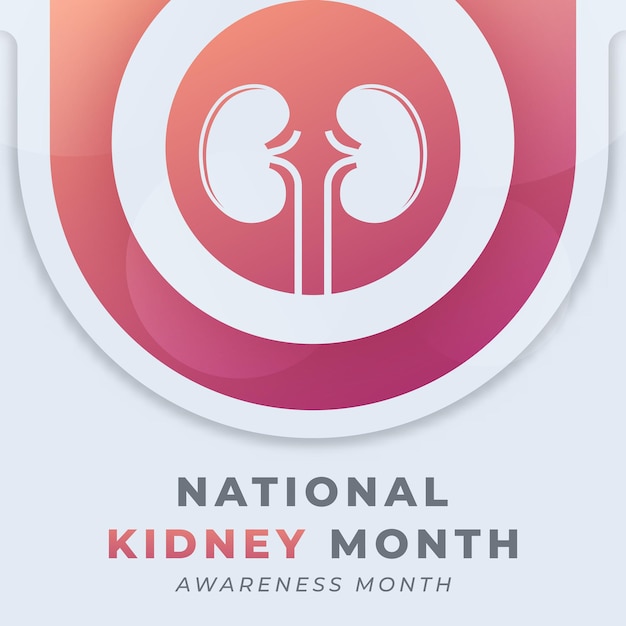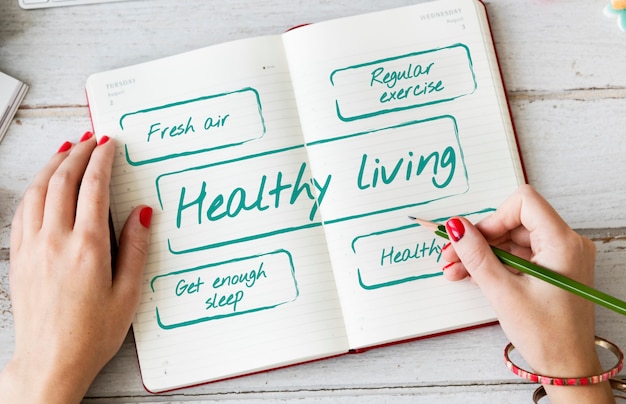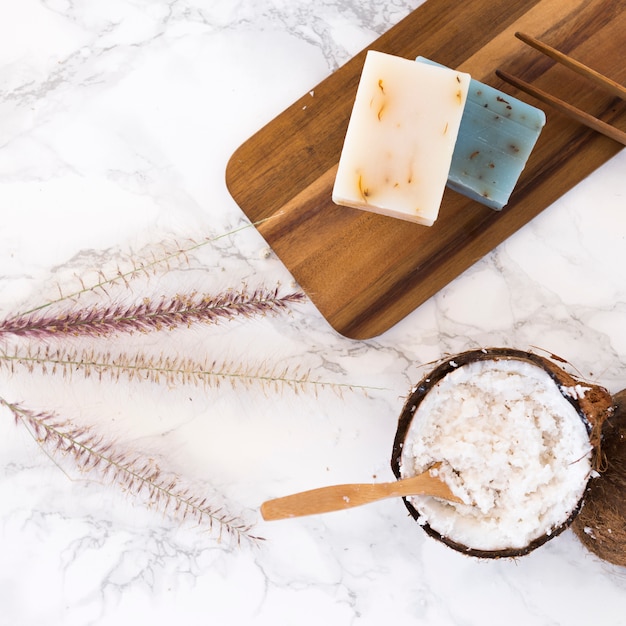
Kidney stones are a common problem, affecting around one in ten people in India. It can be treated with medicine and sometimes surgery. But what is a kidney stone exactly?
Your kidneys are bean-shaped organs located in your upper belly. Their main job is to filter waste from your blood and make urine, while also balancing bodily fluids. Your urinary system includes two kidneys, two tubes called ureters, a bladder, and another tube called the urethra. Urine or pee moves from your kidneys to your bladder through the ureters, gets stored in the bladder, and finally, leaves your body through the urethra.
Sometimes, salts and minerals, usually a mix of calcium oxalate and uric acid, stick together in the urine forming a little stone-like structure known as a kidney stone. These stones are usually small, between 2 to 5 millimeters, and often pass out without causing any pain. However, when they get larger than 5 millimeters, they might block a ureter, causing really bad lower back or belly pain.
There are mainly four types of kidney stones:
1. Calcium stones: They’re the most common type and they mostly show up as calcium oxalate formed by excess calcium from medicine or from drinking a lot of hard water. Sometimes, they’re calcium phosphate stones formed in urine with a high pH value.
2. Uric acid stones: These develop when there’s too much uric acid in your urine. Eating a lot of meat and fish, which contain a substance called purine, can contribute to this type of stone.
3. Struvite stones: These are caused by kidney or urinary tract infections.
4. Cystine stones: This type is hereditary and forms when a substance known as cystine leaks from the kidneys into the urine.
How do you know if you have a kidney stone? Well, small stones can pass through your urine without you even noticing. But when they get bigger, symptoms can include pain while peeing, bloody urine, intense lower back or belly pain, vomiting, fever, sweating, restlessness, and feeling like you need to pee more often than usual.
The cause of a kidney stone can vary, but could be due to not drinking enough fluids, a high-calcium diet, certain diseases, some types of surgery, or even family history.
Diagnosing kidney stones involves testing your blood and urine, and possibly imaging tests like X-rays or CT scans. Treatments depend on the size and location of the stone but may include methods to shatter the stones or surgery to remove them.
Preventing kidney stones involves drinking plenty of fluids, limiting your intake of sodium and certain types of proteins, and speaking to your doctor before taking calcium supplements. It also helps to limit foods high in oxalate like spinach, nuts, and wheat bran. Remember, kidney stones don’t form overnight, so taking care of what you eat and drink can help keep them at bay.
So, that’s kidney stones for you! They might sound scary, but with the right care and lifestyle choices, you can significantly reduce your risk.









